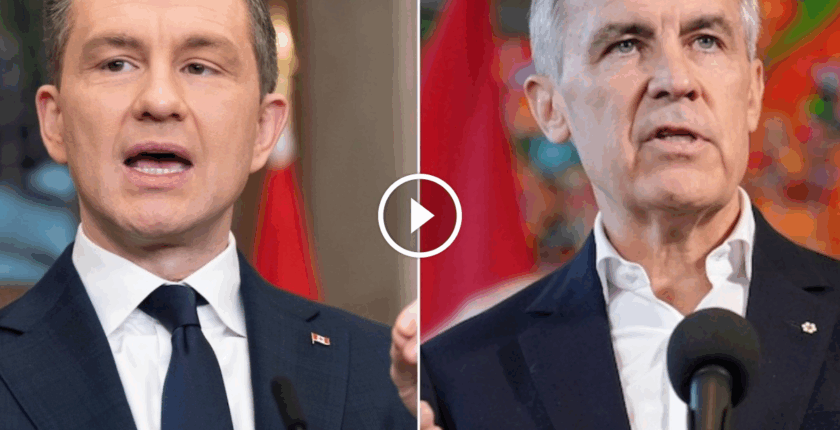Canada’s Immigration Policy: Balancing Growth and Visa Needs
Canada’s immigration landscape is experiencing a lot of debate recently. The call for “hard caps on immigration” by Conservative leader Pierre Poilievre has reignited discussions about how many newcomers Canada can effectively integrate. He suggests a significant reduction in arrivals, claiming it would foster better social cohesion. However, such proposals could overlook a crucial reality: Canada simply cannot afford drastic cuts to immigration without risking significant economic fallout.
Interestingly, many newcomers achieving permanent residency (PR) are already temporary residents within Canada. This means they don’t always come directly from abroad; often, they have been working or studying here and apply for PR, thus reflecting the importance of these pathways in our immigration system.
The Economic Impact of Reduced Immigration
Canada’s economy is currently facing challenges, with labour shortages impacting various sectors. Recent statistics reveal the population growth has stalled at around 41.5 million. Businesses are struggling to find workers, resulting in vacancies, especially in hospitality and retail, where immigrant workers make up a sizable portion of the workforce.
For instance, the Canadian Federation of Independent Business reported that over half of small businesses encountered staffing difficulties in 2025. The lack of skilled labour hampers their ability to serve communities and grow. A local café in Toronto had to shut down a location due to unfilled shifts. Such stories highlight that newcomers play a pivotal role in sustaining the Canadian economy.
Challenges in the Education Sector
Moreover, immigration cuts have profound effects on the education sector. International students contributed approximately $37.3 billion to the economy in 2022, not to mention the numerous jobs they supported. With recent restrictions on student visas, enrolments have dropped significantly, forcing institutions like colleges in Ontario to cut programs and lay off staff.
If this trend continues, obvious economic ramifications will follow. Students drive local economies with their consumer spending, and they help alleviate labour shortages by accepting part-time roles while studying. Maintaining and enhancing pathways for international students can bolster Canada’s economy and mitigate these challenges.
Addressing the Brain Drain
There is also the pressing issue of “brain drain.” Skilled professionals are leaving Canada for better opportunities elsewhere, particularly in the U.S. Recent reports show a dramatic increase in Canadians emigrating, causing concern over the loss of talent that could otherwise contribute to our economy. In light of this, any proposal for reduced immigration could exacerbate an already troubling trend.
Providing pathways for professionals through programs like Express Entry and the Provincial Nominee Program (PNP) is vital. These initiatives aim to fill labour gaps in industries such as healthcare and technology, crucial for maintaining Canadian competence in a competitive global market.
A Smarter Approach to Immigration
Evidence shows that a data-driven approach to immigration can yield significant benefits. For instance, aligning immigration with specific labour market needs can ensure that newcomers contribute effectively where they are most required. This means creating targeted programs that facilitate the entry of skilled workers into high-demand positions in specific regions.
Canada should focus on precision immigration that considers various regional needs and current market demands. For example, coupled with streamlined professional credential recognition, we could fast-track newcomers directly into roles that need filling—like healthcare workers in Toronto. This way, we’re not just filling quotas; we’re addressing genuine gaps in the workforce, which benefits everyone.
Also, enhancing pathways for temporary residents to transition into permanent residency would leverage their existing contributions and ease the transition process. By doing so, Canada retains valuable talent rather than losing it to other countries.
Conclusion
While discussions about immigration policy are essential and the concerns raised about resource strain are valid, the answer lies in informed strategies rather than blanket cuts. Canada’s economy thrives on diversity and the skills that immigrants bring. As you explore opportunities here, I encourage you to check out our website, VisaJobsCanada.com, for job listings that offer visa sponsorship to international job seekers. Every listing provides vital support to help you on your journey to working in Canada.
What do you think?
Have a question about this topic or your own plans to move to Canada? Scroll down and leave a comment. We’d love to hear from you.

